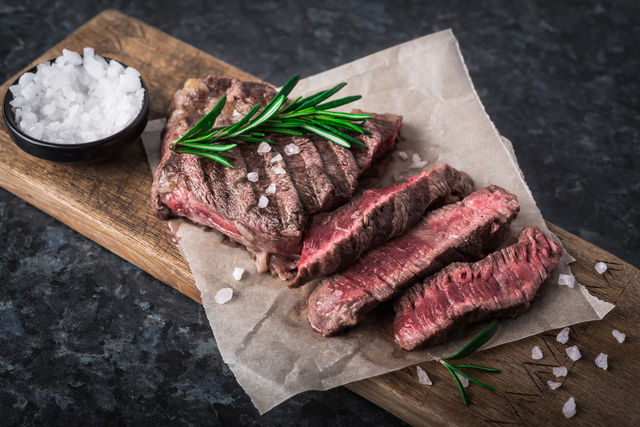To make a delicious and juicy steak, you need to choose the right piece of meat. For meat, as for all products, quality is a decisive factor. Let’s figure out how to choose the right meat.

- Look at each steak carefully and thoroughly. If you want the steak to remain juicy and tender when grilled, there should be a lot of white or yellow grease in the meat part. It is such meat that is called marbled.
- Do not trim this desired fat from the steak. The fat helps keep the steak juicy and maintain its shape during cooking. It also improves the taste of meat. If you still want to trim excess fat, do so before serving.
- Correct meat flavor. The meat should smell like meat, and the aroma should be light and almost subtle. The stronger the smell, the less fresh the meat.
- The steak must be of the correct thickness for proper browning. A good steak should be at least 2.5 cm thick.
- Choose steaks based on their marbling. The lower the degree, the tougher the beef. Prime is the highest grade, most tender meat. The choice is medium and the selection is minimum and the toughest meat.
- Want a perfectly cooked steak – buy a meat and steak thermometer. There is nothing better than using a digital thermometer to instantly and easily know that the steak is ready. And no guesswork is needed.
- According to butchers, the best steak is Ribeye steak. From the point of view of tenderness, maximum juiciness, as well as rich aroma, this steak is ideal.
I hope now it will be easier for you to choose and prepare the most delicious steaks!

